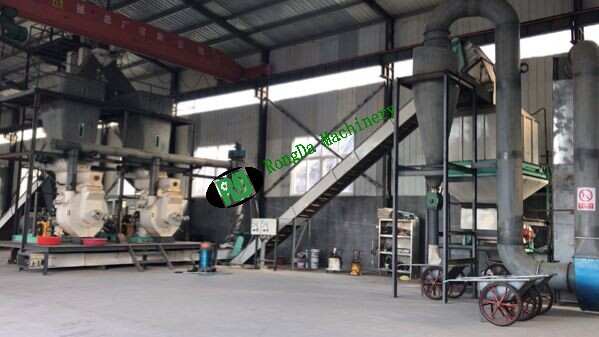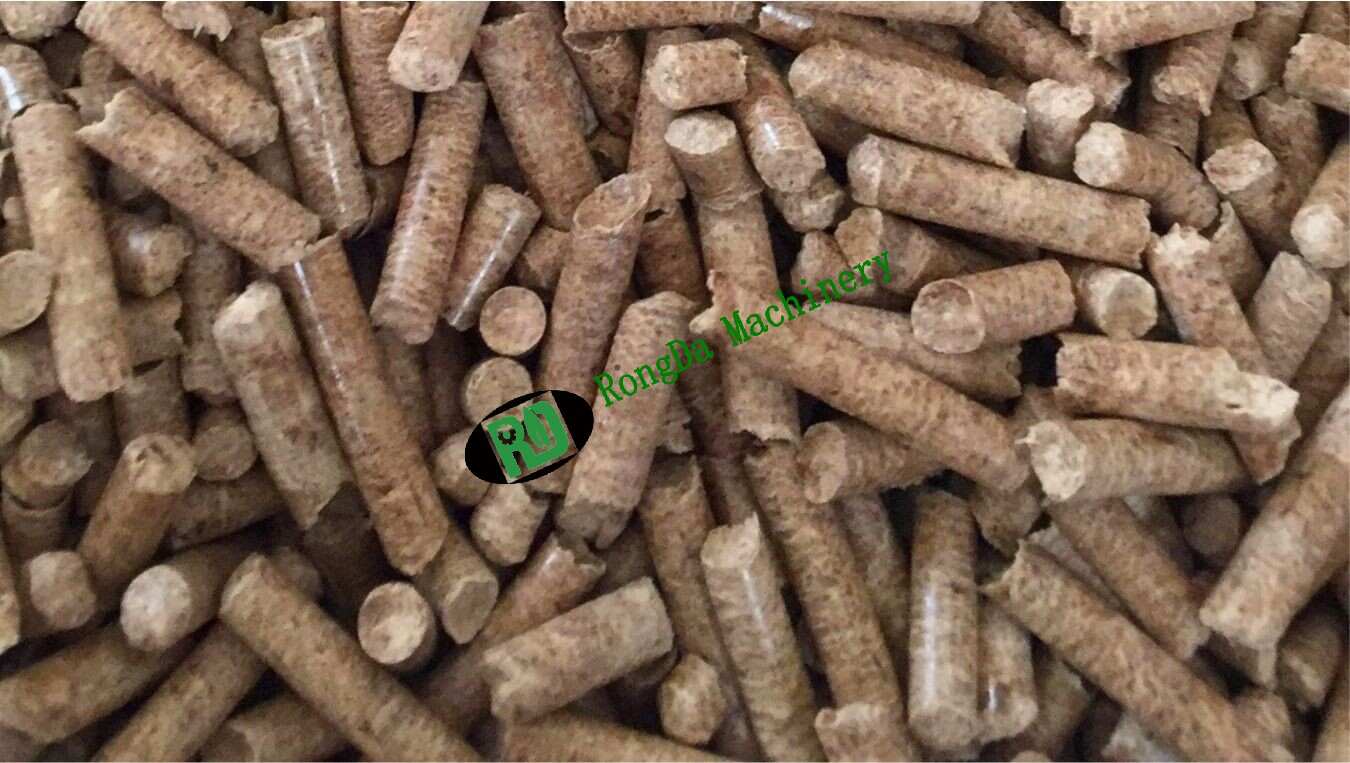Welcome to Rongda Machinery Co., Ltd
Toggle Navigation
You know what's fascinating? We're sitting on mountains of wood waste and agricultural leftovers, and most people don't realize these "scraps" could power their homes. That's where pellet mills come into the picture – they're basically turning yesterday's trash into tomorrow's energy solution.

Let's be honest here. Everyone's talking about renewable energy these days, but finding solutions that actually make financial sense? That's the real challenge. Wood and biomass pellet mills have quietly been solving this problem for years now.
Think about it this way: sawmills generate tons of sawdust daily. Farms produce endless amounts of crop residue. Forestry operations leave behind wood chips that often get burned or dumped. What if all that "waste" could become fuel instead?
That's exactly what pellet mills do. They take materials like sawdust, wood chips, corn stalks, rice husks – you name it – and compress them into these small, dense pellets. The process itself isn't rocket science, but the results are pretty impressive.
Here's what happens when you feed raw materials into a pellet mill: the machine uses heat and pressure to compress everything into uniform pellets about the size of rabbit food. But don't let the simplicity fool you – these little cylinders pack serious energy.
The beauty lies in the versatility. Got sawdust from a furniture shop? Perfect. Agricultural waste from corn harvesting? Works great. Even that pile of wood chips sitting behind the lumber yard can become premium fuel pellets.
What surprised me when I first learned about this industry was how efficient these machines have become. Modern pellet mills don't just churn out product – they do it while using relatively little energy themselves. It's like getting more bang for your buck at every step.
Remember when "green energy" meant expensive? Those days are fading fast, especially with pellet production.
Local businesses are catching onto something smart: instead of paying to dispose of organic waste AND paying high prices for heating fuel, they can solve both problems at once. Convert the waste into pellets, use what you need, sell the rest. It's not just environmentally friendly – it's profitable.
I've seen small woodworking shops that went from paying disposal fees to generating side income just by installing a pellet mill. Farms that used to burn crop residue now turn it into cash crops. The math works out better than most people expect.
The environmental benefits are obvious – pellets burn much cleaner than fossil fuels, producing less ash and fewer emissions. But what's really interesting is the ripple effect on local economies.
When a region starts producing its own biomass pellets, several things happen. Energy costs stabilize because you're not dependent on volatile fossil fuel markets. Local jobs get created in production and distribution. Money that used to flow to oil companies or coal suppliers stays in the community instead.
Plus, there's something satisfying about using materials that would otherwise rot or get burned anyway. It feels like common sense – why waste perfectly good biomass when you can turn it into reliable energy?
Pellet mills work particularly well for mid-sized operations. If you're a small homeowner, you might just buy pellets. If you're a massive power plant, you'll probably have different solutions. But for furniture manufacturers, farms, lumber yards, or small heating companies? Pellet mills hit that sweet spot between investment cost and production capacity.
The machines themselves have gotten remarkably user-friendly too. You don't need a PhD in engineering to operate them, and maintenance is straightforward enough that most businesses handle it in-house.

What's driving growth in this industry isn't just environmental consciousness – though that helps. It's the combination of rising fossil fuel costs, increasing waste disposal fees, and improving pellet mill efficiency. When the economics align with environmental benefits, adoption accelerates.
The technology keeps improving too. Newer pellet mills process a wider variety of feedstocks, require less maintenance, and produce higher-quality pellets than machines from even five years ago.
Honestly, I think we're still in the early stages of what biomass pellet production could become. As more businesses realize they can turn waste streams into revenue streams, the industry will likely see significant expansion. And unlike some "green" technologies that require massive infrastructure changes, pellet mills can integrate into existing operations relatively easily.
The bottom line? Wood and biomass pellet mills represent one of those rare technologies that make environmental AND economic sense. They're not flashy, but they're effective – and sometimes that's exactly what we need.